Marine Science Program Team
Geoffrey Bowers
Regions where oceans and estuaries come into contact with rocks and soil minerals are dynamic, impacting everything from ocean currents and upwellings to nutrient cycling and pollutant transport. Dr. Bowers is a physical geochemist and expert clay scientist who studies fluid-solid interfaces, including the water-mineral interfaces that impact coastal chemistry. His research program is focused on understanding the root physical and chemical behavior that underlie important issues related to energy and the environment, past and present. The main goal in the Bowers group is to provide a better understanding of how ions, H2O, organic matter, and other fluids (such as supercritical CH4 and CO2) move, stick and react at solid-fluid interfaces and in nano-scale confined spaces of heterogeneous materials. They accomplish their goals by studying how chemical parameters of the surface or fluids influence these behaviors through the integration of spectroscopic, thermodynamic, microscopic and molecular modeling tools. Learn more»
Emily Brownlee
Dr. Brownlee studies aquatic plant-like cells called phytoplankton in the Chesapeake Bay. Her research involves understanding how phytoplankton adapt to their rapidly changing environments. In particular, she is interested in mixotrophic organisms that – like a Venus flytrap – can both photosynthesize and consume organic material to acquire energy. She uses modern molecular tools, flow cytometry and traditional plankton ecology methodology.
Christina Goethel
Dr. Goethel is a benthic ecologist that specializes in the Arctic, but is beginning work in the Chesapeake Bay as well. Her research is focused on examining stress, primarily physiological stress, on the species found in the benthic community that relate to the changing physical parameters, such as temperature, in various Arctic ecosystems including the Pacific Arctic continental shelf system and Icelandic fjords. The majority of her work is conducted in the field during the summer aboard icebreakers from both the US and Canada as part of programs like the Distributed Biological Observatory (https://dbo.cbl.umces.edu/) or back in the laboratory with simulated Arctic conditions. She also uses time-series modeling methods to examine the changes in populations (abundance, biomass, size structure) of these benthic organisms, with a focus on bivalve species.
Cassie Gurbisz
Dr. Gurbisz studies the ecology of coastal ecosystems. Her research integrates biology, chemistry and physics to understand how environmental factors affect ecosystem structure and functioning. In other words, she “takes the pulse” of coastal systems to better understand the causes and consequences of changes in ecosystem health. She works mostly in submerged aquatic vegetation (SAV) beds, although she has also studied oyster reefs, oyster aquaculture and salt marshes.
Elizabeth Hamman
Dr. Hamman studies population and community ecology. Her research integrates mathematical and statistical models with field surveys and experiments. She is particularly interested in understanding spatial variation in ecosystems dominated by biogenic habitats such as coral reefs, salt marshes, oyster reefs and seagrasses. She also works in freshwater rock pools and studies statistical methods.
Susan Langley
Dr. Susan Langley is an underwater archaeologist who studies submerged cultural resources and their management. These include both pre-contact and historical sites as well as shipwrecks and other aspects of the maritime cultural landscape. She undertakes survey and documentation, sampling and excavation.
Randy Larsen
Dr. Larsen is an analytical chemist who uses advanced instrumental techniques to study the environment. Current marine science-related research projects include the study of microplastics in the Potomac watershed and the biomolecular response of persistent organic pollutants in Eastern Oysters (Crassostrea virginica). He has recently worked with the county health department to establish an air quality monitoring network and was an adviser for a non-profit group that tested for PFAS in the St. Mary’s River.
Elka T. Porter
Dr. Porter studies the effect of water flow and organisms on sediment-water interactions (or benthic-pelagic coupling processes) and subsequent effects on water quality. In some of her experiments, she uses shear turbulence resuspension mesocosms (STURM), special tanks that she designed and that are presently located at the Patuxent Environmental & Aquatic ResearchLaboratory (PEARL), with plans to move them to SMCM. In the STURM tanks, she can mimic realistic tidal and episodic resuspension without overmixing the water column, add infaunal organisms such as hard clams, and observe the effect of water flow and organisms on water quality and ecosystem processes. Moreover, she also examines the effect of water flow and organisms on sediment-water interactions in smaller-scale approaches
Shanen Sherrer
Dr. Sherrer is a biochemist whose long-term research goals are to identify and elucidate in vivo functions of proteins shared in multiple DNA processing pathways affected by environmental hazards. Her student-centered research program encompasses interdisciplinary approaches while showing the applicability of research for understanding human health outcomes after environmental exposures. Currently, the Sherrer group is studying the biological outcomes of DNA damage caused by environmental sources. Student projects require both novel and classical techniques, which include but are not limited to chromatography, thermal scanning, molecular cloning, gel electrophoresis and metal-indicating fluorophores. These techniques are used to monitor the molecular and mechanistic details of DNA damage tolerance and repair while connecting genetic mutations to DNA damage and other cellular stresses.
